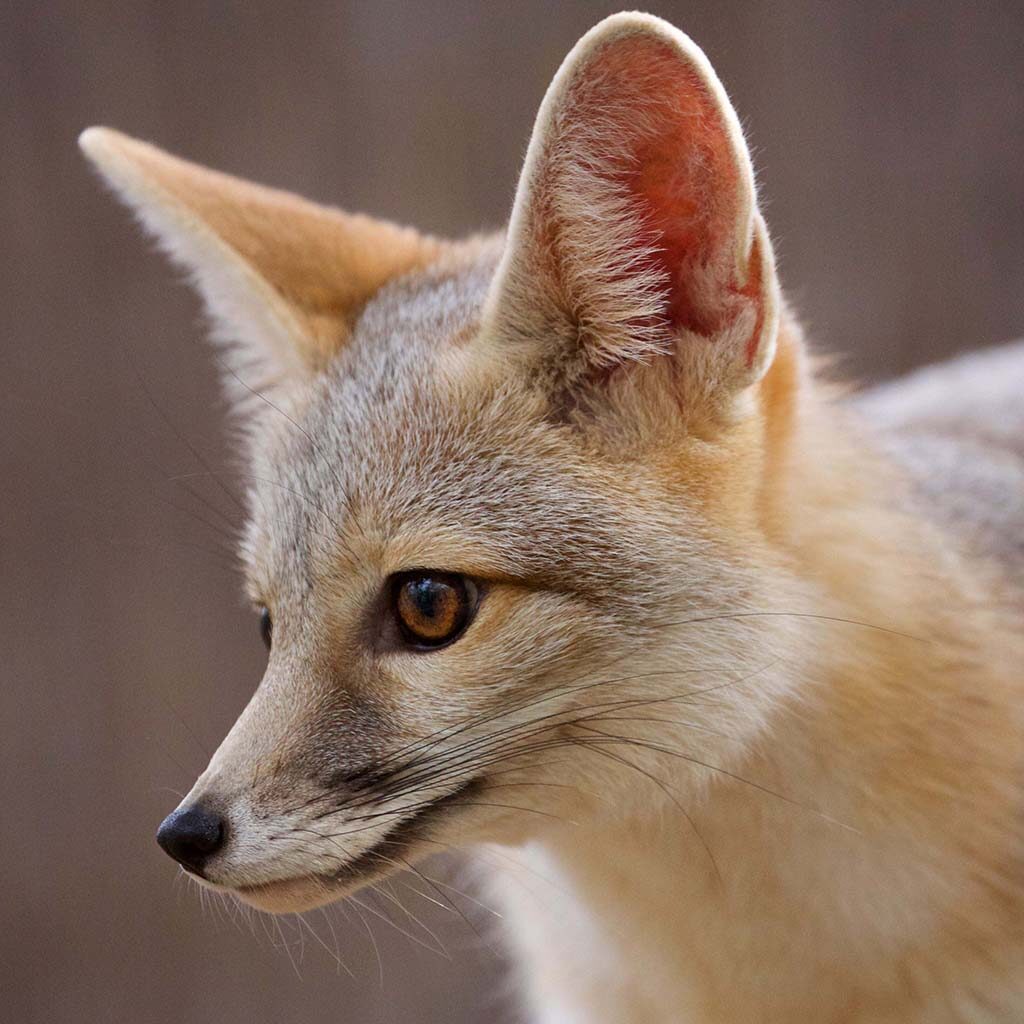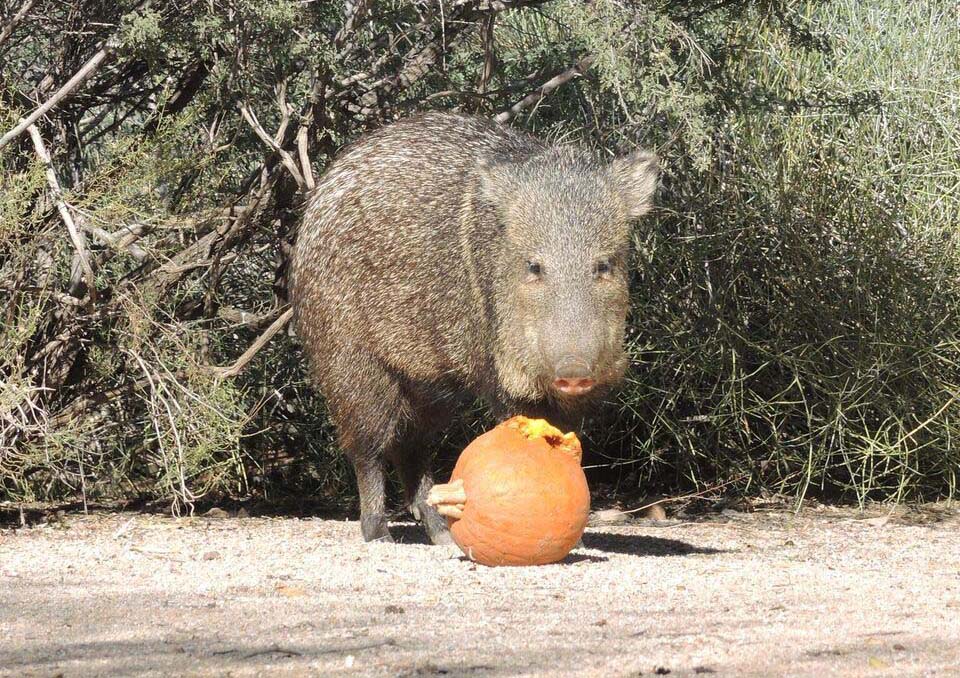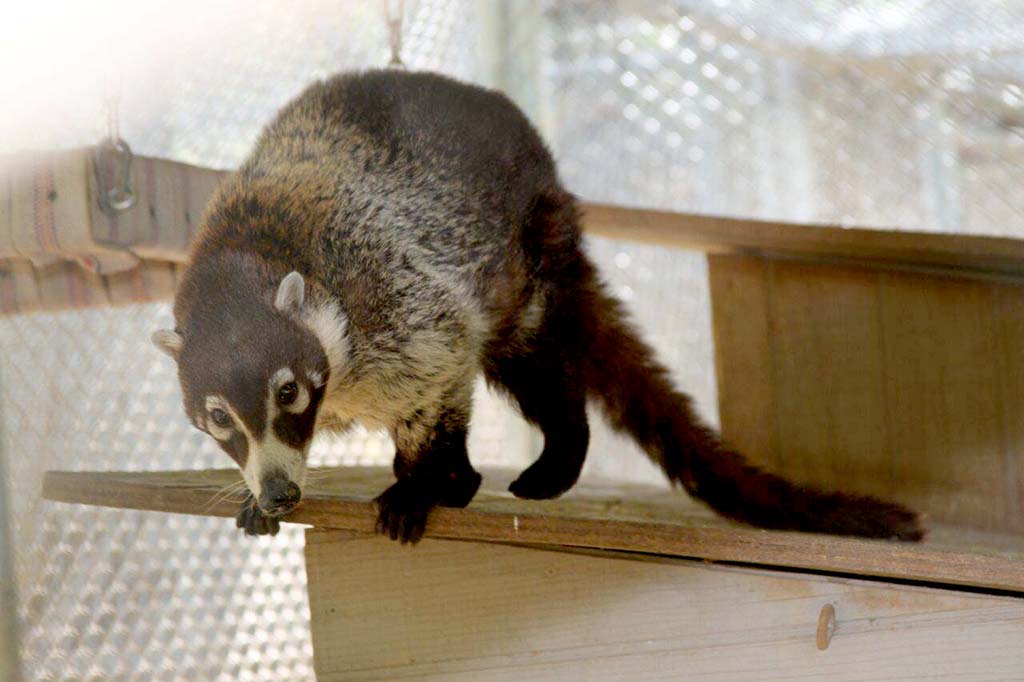Who are the creepers of the desert? It may help to know that creeping is done near dusk and dawn. Animals who are most active at this time are known as “crepuscular” rather than nocturnal (those who hunt in the dark of night). Even Great Horned Owls are more crepuscular than nocturnal. While an animal may be listed as “nocturnal”, most can be found ready for patrol during the twilight times of the day.
So who is this cast of creepy characters? Coyotes, of course, who are clearly out in the middle of the night as evidenced by their howls. The vocalizations of coyotes are made up of howls, yips, barks, and whines or a combination of several sounds.. They are a means of communication between family members and to identify territorial boundaries. What the howls are not is an invitation to share the food they just caught. Eating mostly mice (25/day/coyote) it is gone in an instant and no announcement needs to take place!

Kit foxes, the smallest of the southwest foxes, are rarely seen, coming out of their burrows only to feast on the mice running across the desert in very low light. If you should be rewarded with a glimpse of this sly little fellow consider yourself lucky. They are so fast and shy that most of us miss them.

Javelina, badgers, coatimundis, and bobcats are also classified as crepuscular; but chances are you will see them “creeping” around before the darkness sets in and just before first light. While hawks depend on their eyes to locate their prey by day, owls rely on their keen hearing to follow the scratching and chewing sounds made by rodents and rabbits. That is why owls can begin the hunt when hawks have retired for the night.
By Diane A. Vaszily, volunteer docent
At Southwest Wildlife Conservation Center in northern Scottsdale, near the open desert of Rio Verde, our sanctuary cares for all types of wildlife. They are fortunate to have a place to live since they are unable to be returned to the wild. Our monthly Full Moon tours are great opportunities to see and hear these creatures of little light. But, should you visit during the bright light of day, you will still see them since we bring along a little treat! SWCC has been rescuing and rehabilitating wildlife since 1994 and though thousands have been returned to the wild, we have almost 100 animals in our sanctuary, including mountain lions, black bears, Mexican gray wolves and a jaguar hybrid. Come visit us as we love sharing what we do! Contact us at southwestwildlife.org and check our calendar for tour availability.





